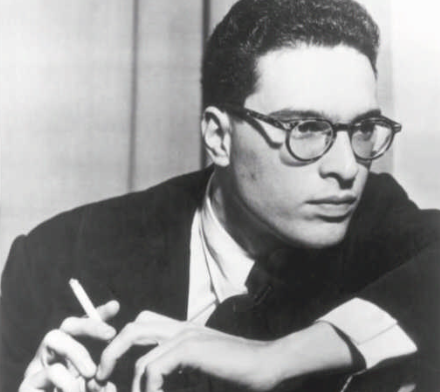Unlike the right, it was built for the instrument, since the high tune could still be tapped out by the thumb while the other fingers kept to the bass. Besides, melody was the least important element in a piece. Rhythm came first, the heartbeat, then harmony, and these were both the province of the left hand— though they might emerge, as in the opening of the Ravel, out of the murkiest depths.

He was cautious. The pretence of his “comeback” more than a decade before still haunted him, when the cheering audience had no idea how he had struggled to control his right hand, and when he had had to rule out playing Beethoven’s fourth concerto in favour of something less exposed. This time, as it turned out, the improvement heralded a definite return to full playing. But on that first day of real hope he took no public chances. As he felt his hand properly opening again, he went instead to his study, where only the sun observed him through the windows. There, in the sunlight, with two hands, the piece growing note by note whole and complete, he played the Brahms.
译文由可可原创,仅供学习交流使用,未经许可请勿转载。












